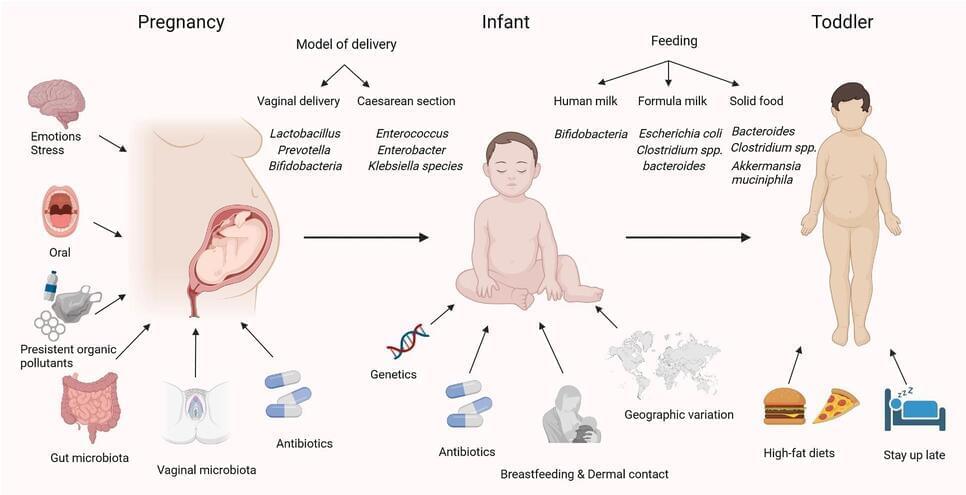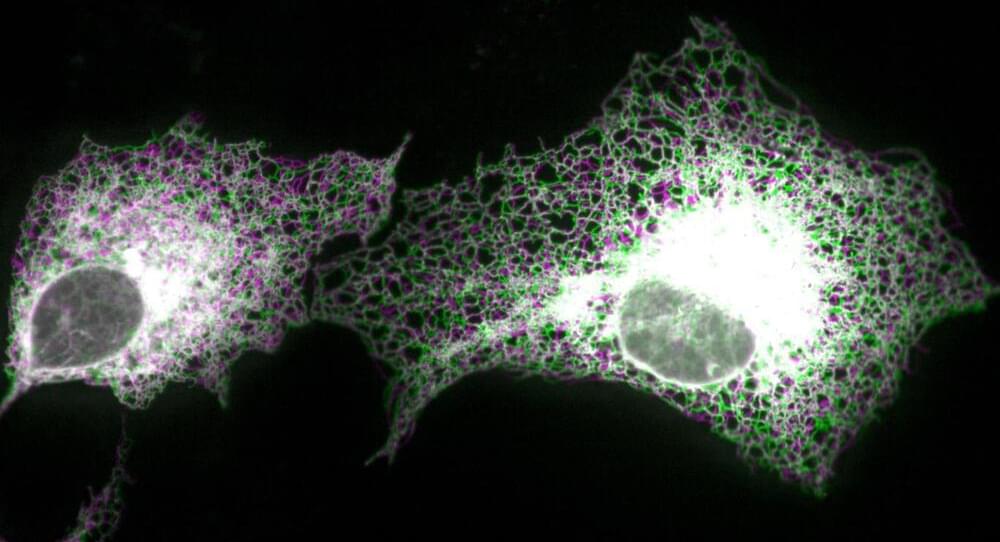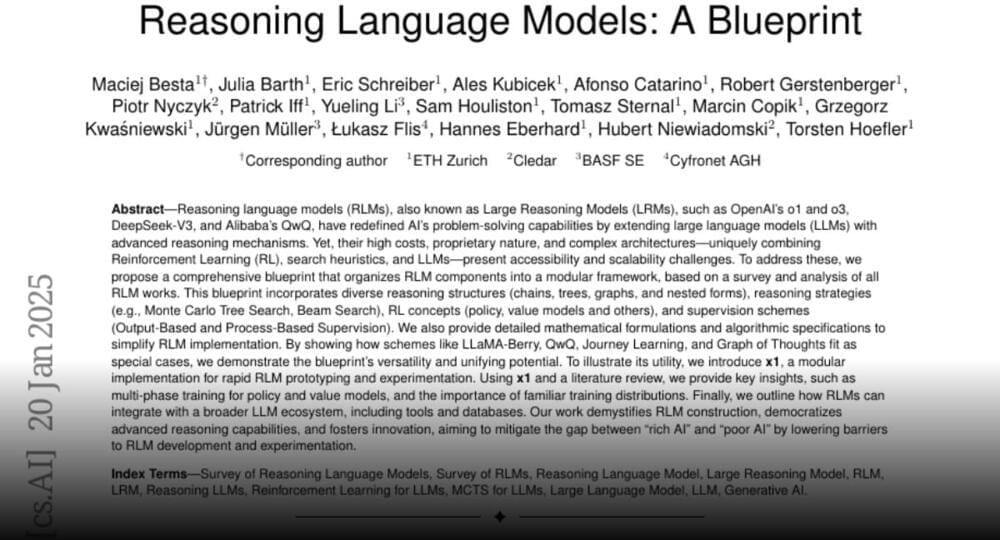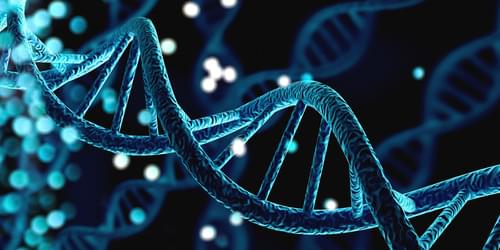Mechanisms underlying gut microbiota’s role in obesity
Energy absorption and short-chain fatty acids
Gut microbiota regulate energy metabolism through short-chain fatty acids (SCFAs) like acetate, butyrate, and propionate, which are products of fiber fermentation. While butyrate promotes insulin sensitivity and reduces inflammation, propionate may trigger overeating. Dysregulated SCFA production can contribute to obesity by enhancing energy absorption, disrupting appetite regulation, and promoting fat accumulation. Recent findings suggest that modulating SCFA production through dietary interventions can help regulate energy balance and improve metabolic health. Maintaining SCFA balance through diet or microbial modulation holds promise for obesity management.





